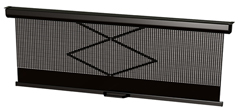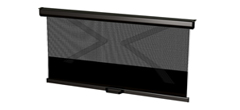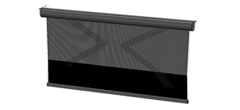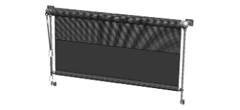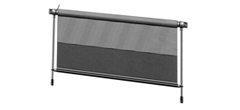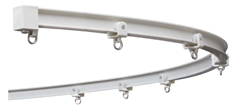
Sunshades for Comfort and Safety in Transit Vehicles
Transit vehicles, including buses and trams, are essential modes of urban transportation. Passengers rely on them for daily commutes and travel, but these vehicles often face challenges related to sunlight, heat, and glare. Sunshades designed specifically for public transit vehicles have emerged as a practical solution to enhance passenger comfort, safety, and overall transit experience. This information brief provides an overview of the benefits, types, and applications of sunshades for public transit vehicles.
Benefits of Sunshades for Transit Vehicles:
-
Passenger Comfort: Sunshades provide passengers with a more enjoyable journey by reducing glare, heat, and discomfort caused by direct sunlight. They create a shaded and cooler environment within the coach, improving the overall travel experience.
-
Driver Safety and Focus: Sunshades help drivers maintain focus by reducing glare, which is crucial for safe operation, especially during long journeys. Enhanced visibility and reduced eyestrain contribute to safer travel conditions.
-
Interior Protection: Sunshades protect the coach's interior, including upholstery, from the damaging effects of UV radiation, helping to prolong the lifespan of the vehicle's components and reduce maintenance costs.
-
Energy Efficiency: By reducing the need for excessive air conditioning to combat heat, sunshades contribute to energy savings and reduce fuel consumption, making public transit operations more environmentally friendly.
Types of AMS Sunshades for Transit Vehicles:
-
Flex-visor Shades: Flexi-visor shades serve a dual purpose, acting as both sunshades and visors. They are equipped with stabilizing arms and can be customized with or without electric motors for convenient operation.
-
Cord-release Sunshades: These shades are manually operated and remain under spring tension. Release occurs when the operator pulls the cord. To ensure their effectiveness, they need to be securely positioned in place, providing consistent shade and glare protection.
-
Slow-rise Sunshades: Speed controlled slow-rise roller sunshade with or without guide rods.
-
Motorized Sunshade: Single motorized sunshade with guide rods that operate via push-button control.
Applications of Sunshades for Transit Vehicles:
-
Urban Commuter Buses: Public transit buses used for daily urban commuting benefit from sunshades to provide a more comfortable and shaded environment for passengers during their daily routines.
-
Light Rail and Trams: Light rail and tram services operating in urban areas use sunshades to improve passenger comfort and protect against direct sunlight and glare.
-
Long-Distance Buses: Sunshades are essential for long-haul bus services, especially those that traverse regions with intense sunlight and high temperatures.
-
Special Transit Events: Public transit services provided for special events and occasions, such as sports events and festivals, utilize sunshades to enhance passenger comfort during high-demand periods.
Sunshades for public transit vehicles are a valuable addition to the urban transportation industry, offering a range of benefits, including improved passenger comfort, safety, and energy efficiency. The various types of sunshades available cater to different transit vehicle types and routes. By incorporating sunshades into their fleets, public transit operators can significantly enhance the quality of transit services, ensuring passengers enjoy a more comfortable and safer journey while contributing to sustainability and energy savings in urban transportation.
AMS Shades, Doors, and Skylights stand as a benchmark for affordable innovation and design, providing unparalleled choices in the market. Committed to excellence, AMS delivers a diverse array of shading solutions, doors, and skylights that seamlessly fuse functionality with aesthetic appeal.
Image Gallery
Testimonials
In my last email to Cindy, I told her I still couldn’t set the blind movement limits. To my surprise a Technician (I don’t recall his name, but there must be a record of his call) called me and personally walked me through the procedures.
Throughout all of this I was and am still now overwhelmed with the personal attention I was given and the professionalism and sympathetic attitudes of these fine people. You must be very proud of them because I’m guessing I am not the first person who has complemented them.
I am very grateful for the assistance each provided me. I hope there is some way that you can reward these fine people for their outstanding work.
Dennis Campbell
Frequently Asked Questions
See all Frequently Asked QuestionsHere you will find information about aftermarket service for our shades and answers to questions you may have.
You can contact us by phone at 905-470-6198, by email at info@automotionshade.com, or by using the “Contact Us” page on our website.
No, but you can contact us via our website at no cost.


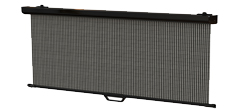
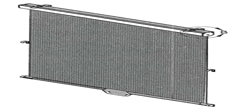
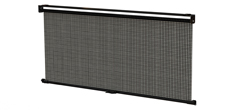
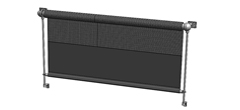
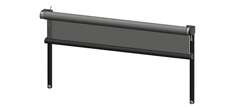
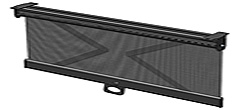
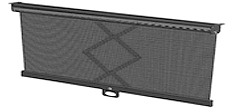
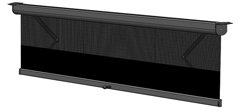
.jpg?lang=en-us&width=240&height=110&ext=.jpg)

